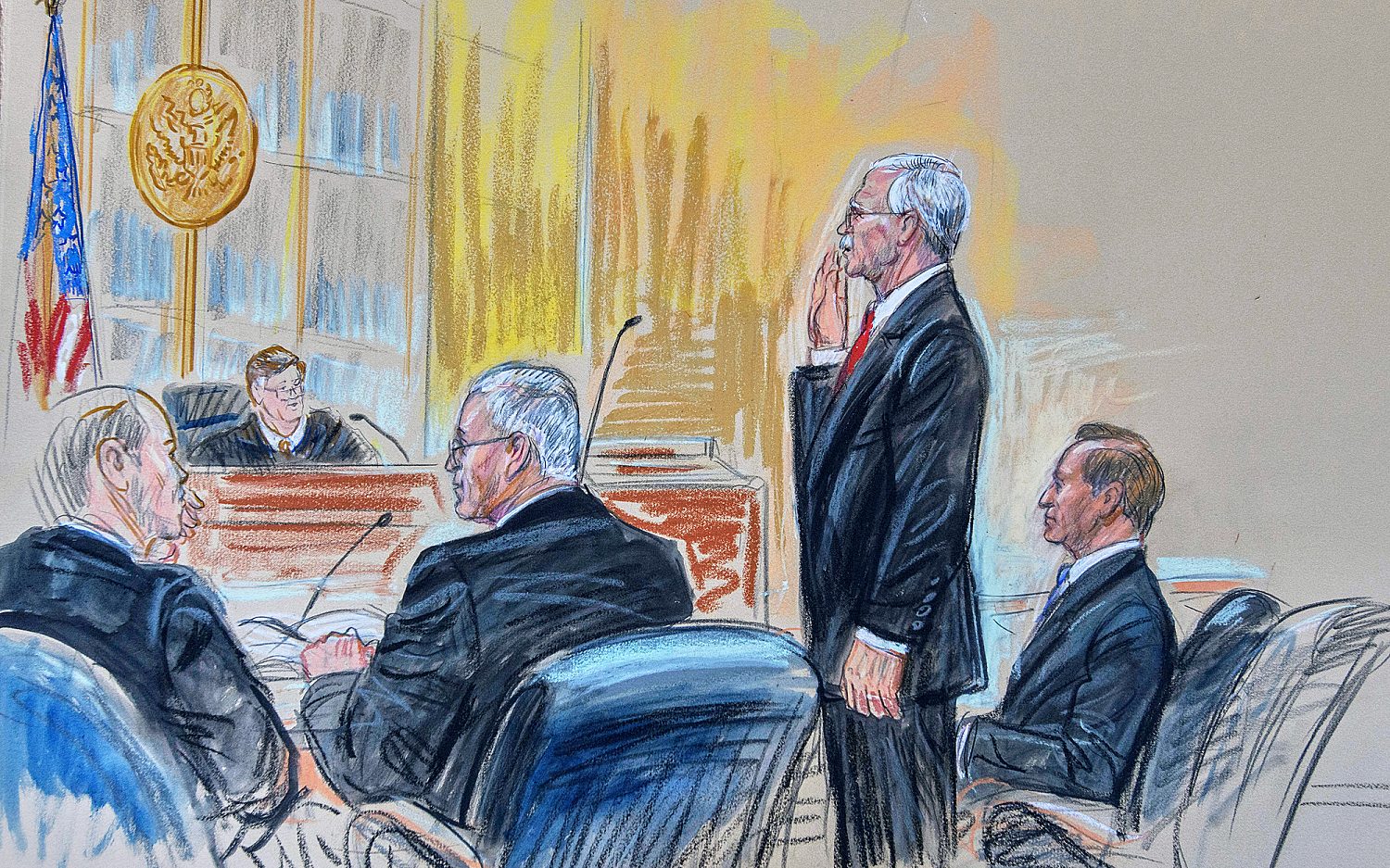U.S. Supreme Court ruling revives sex discrimination lawsuit
The U.S. Supreme Court issued a unanimous ruling in the case of Muldrow v. St. Louis on Wednesday, allowing a police officer to pursue a discrimination suit against the city of St. Louis. Sgt. Jatonya Muldrow served as a plainclothes investigator in the St. Louis Police Department’s specialized Intelligence Division before she was reassigned as a neighborhood patrol sergeant. Muldrow viewed the new job as less desirable, losing her position as a plainclothes investigator with an unmarked take-home car who worked traditional weekday hours.
As a patrol sergeant, Muldrow was now required to wear a full uniform, work odd weekend hours, and handle mostly administrative work, while also losing her unmarked car. Muldrow filed a gender discrimination lawsuit against the department under Title VII, noting that a male officer was hired to replace her. The 8th U.S. Circuit Court of Appeals ruled that because neither Muldrow’s pay nor rank was affected by the reassignment, she did not have enough proof of harm to sue. The Supreme Court disagreed, throwing out the appeals court ruling and allowing Muldrow’s case to continue. Justice Elena Kagan penned the opinion for six justices, while justices Clarence Thomas, Samuel Alito, and Brett Kavanaugh issued their own statements.
If it was 9-0, why the four different opinions? While it's true that the justices reached the same conclusions, they used different reasoning to do so. Kagan’s opinion argued a plaintiff need only show “some injury” to bring a discrimination lawsuit. Citing Muldrow's loss of a take-home work vehicle, the requirement that she wear a uniform, and her new work schedule, Kagan said Muldrow’s transfer resulted in less favorable working conditions.
Justice Clarence Thomas claimed that the metric of harm used by the Court of Appeals was not terribly different from the one the Supreme Court used. His opinion argued that the lower court’s decision should still be thrown out though, given the unlikely possibility that it decided the case using a more stringent harm requirement than it should have. Justice Alito also argued in his opinion that Muldrow had a right to sue, but he said he found the Supreme Court’s majority opinion “unhelpful.” He took issue with the levels of harm established by the majority opinion, adding that, “I have no idea what this means.” Justice Kavanaugh penned a concurring opinion insisting that Muldrow does not need to prove an additional level of harm and simply that “the discrimination is harm.”
Dig deeper: Read my report on the Supreme Court’s refusal to hear an appeal from a Black Lives Matter protest organizer accused of negligence earlier this week.
An actual newsletter worth subscribing to instead of just a collection of links. —Adam
Sign up to receive The Sift email newsletter each weekday morning for the latest headlines from WORLD’s breaking news team.




Please wait while we load the latest comments...
Comments
Please register, subscribe, or log in to comment on this article.